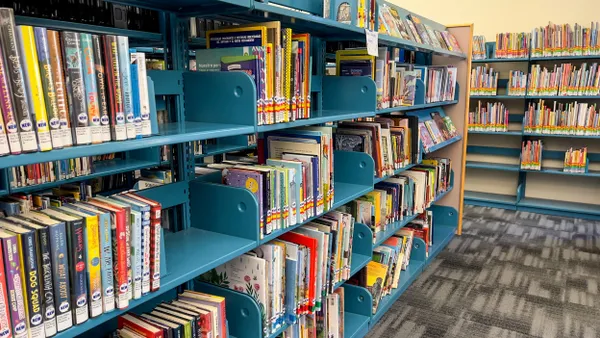Dive Brief:
- Educators who serve multilingual learners can adopt many different strategies to support their literacy development, including the use of reading comprehension templates and the practice of incorporating a student’s home language into the classroom.
- Research has shown that when teachers incorporate a multilingual learner’s own language into the curriculum, the practice can help these students “feel welcomed and accepted,” said Pamella Moura, a special education doctoral student at Michigan State University who authored a 2024 paper on reading comprehension best practices for multilingual learners.
- “It’s important to continually advocate for the students' needs, their services, and continually monitor their progress to adjust instruction as needed,” Moura said.
Dive Insight:
To incorporate multilingual learners' own languages into the curriculum — for example, in spelling lessons — Moura suggests translating the words on a search engine, or even asking the students themselves to do this, and then dictating the words in both forms to the class.
This can be done across many different subjects, particularly those that are “vocabulary-heavy,” she said.
“This way, the student who is an MLL can understand the meaning of the word in their language and in English, and other students get the benefit of hearing and making meaning of another language,” Moura said.
She also suggests educators avoid some common practices that can interfere with multilingual learners’ progress. In particular, Moura said, they should pay attention to any impulse to correct a multilingual learner’s English, noting that different dialects or accents of English that are common across the US would not be something they would comment on.
Further, Moura encourages teachers to consciously avoid using slang or words that have double meanings, such as “fall,” as they can confuse students at the start.
Ultimately, Moura encourages educators to seek additional support if they notice any concerns around reading comprehension among multilingual learner students. That’s because teachers often think these issues are aligned with the fact that they’re still learning English and don't intervene, she said.
While there are cases of “over-intervention of learning disability with the MLL population,” Moura said, she advises teachers to trust themselves to ask for assistance if they sense it's needed.












